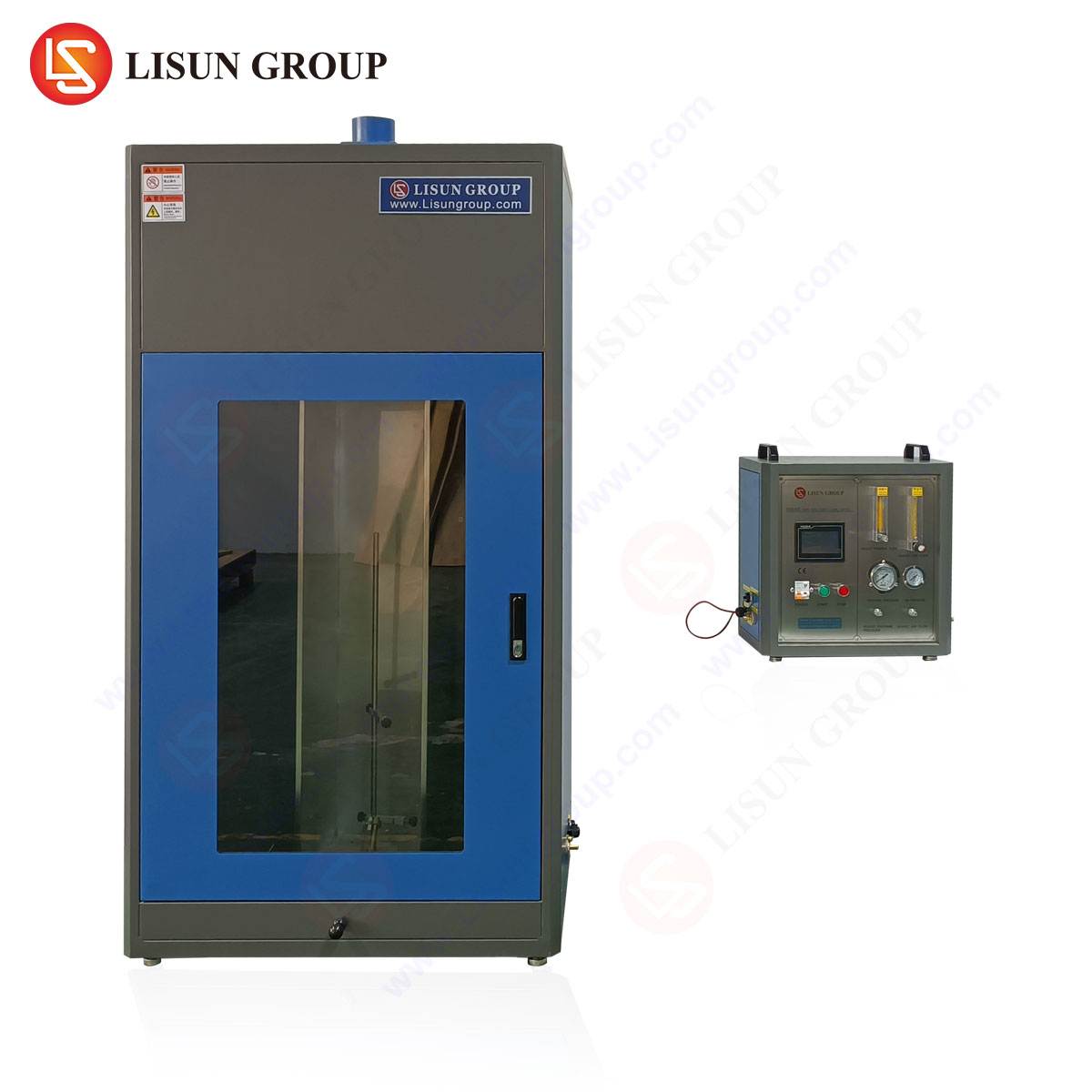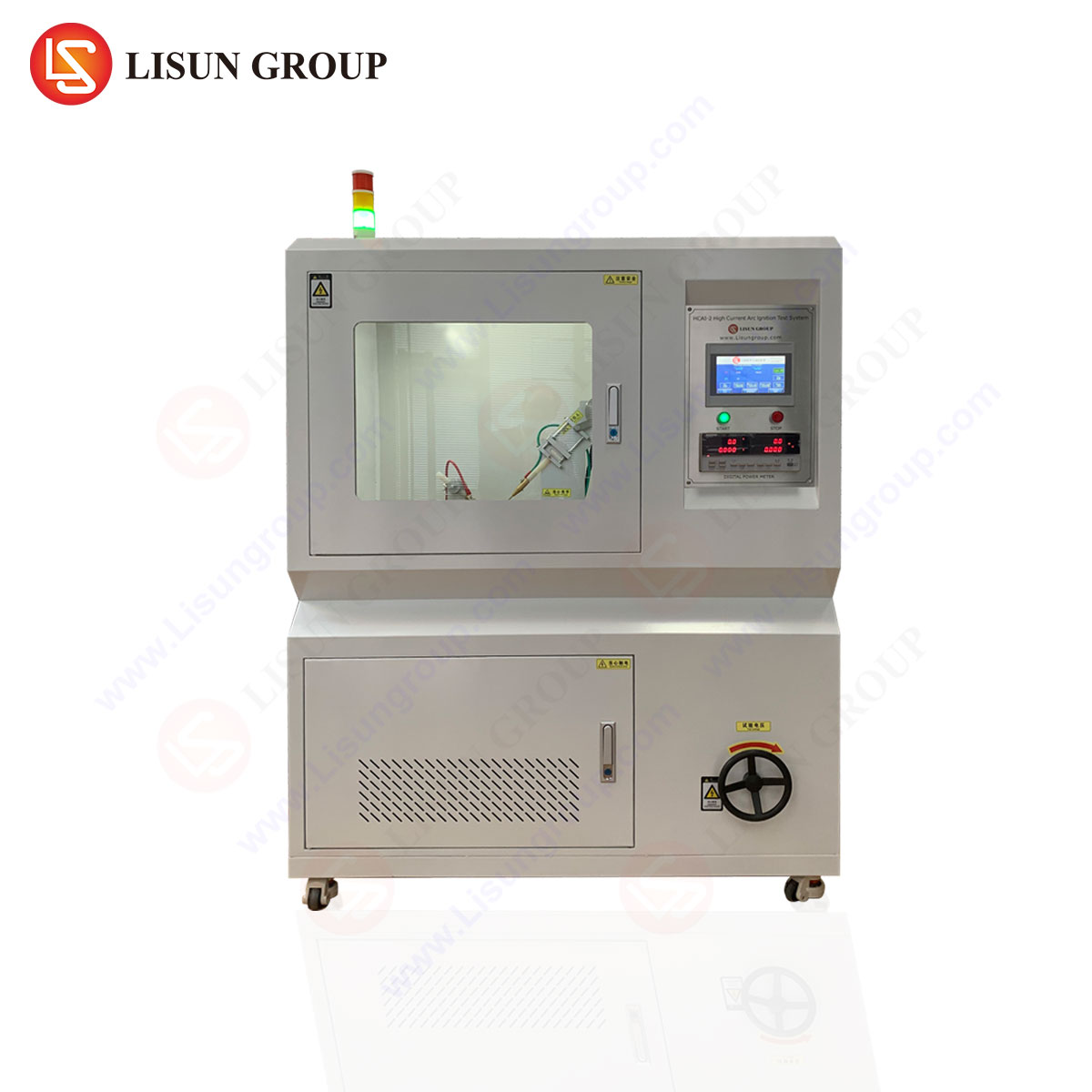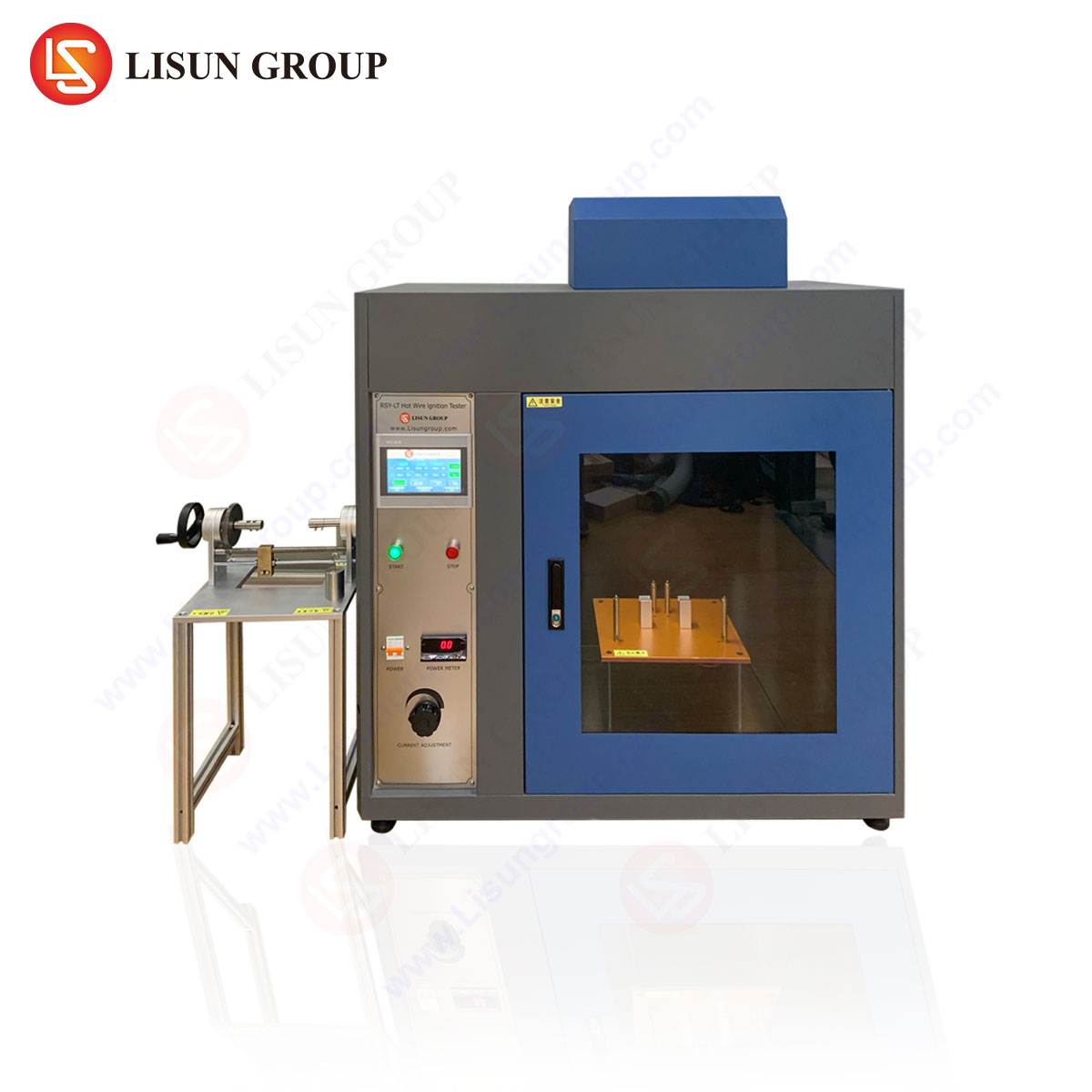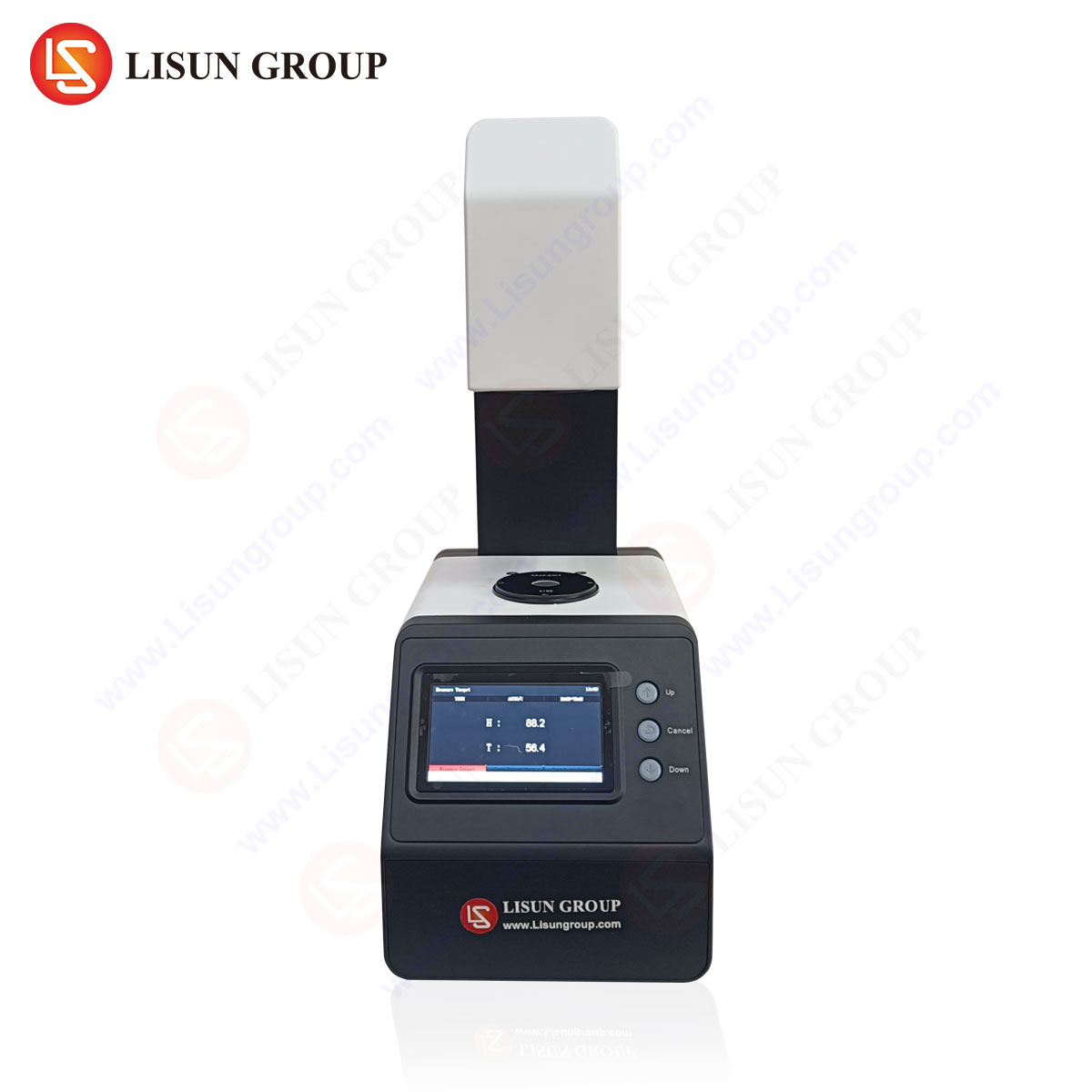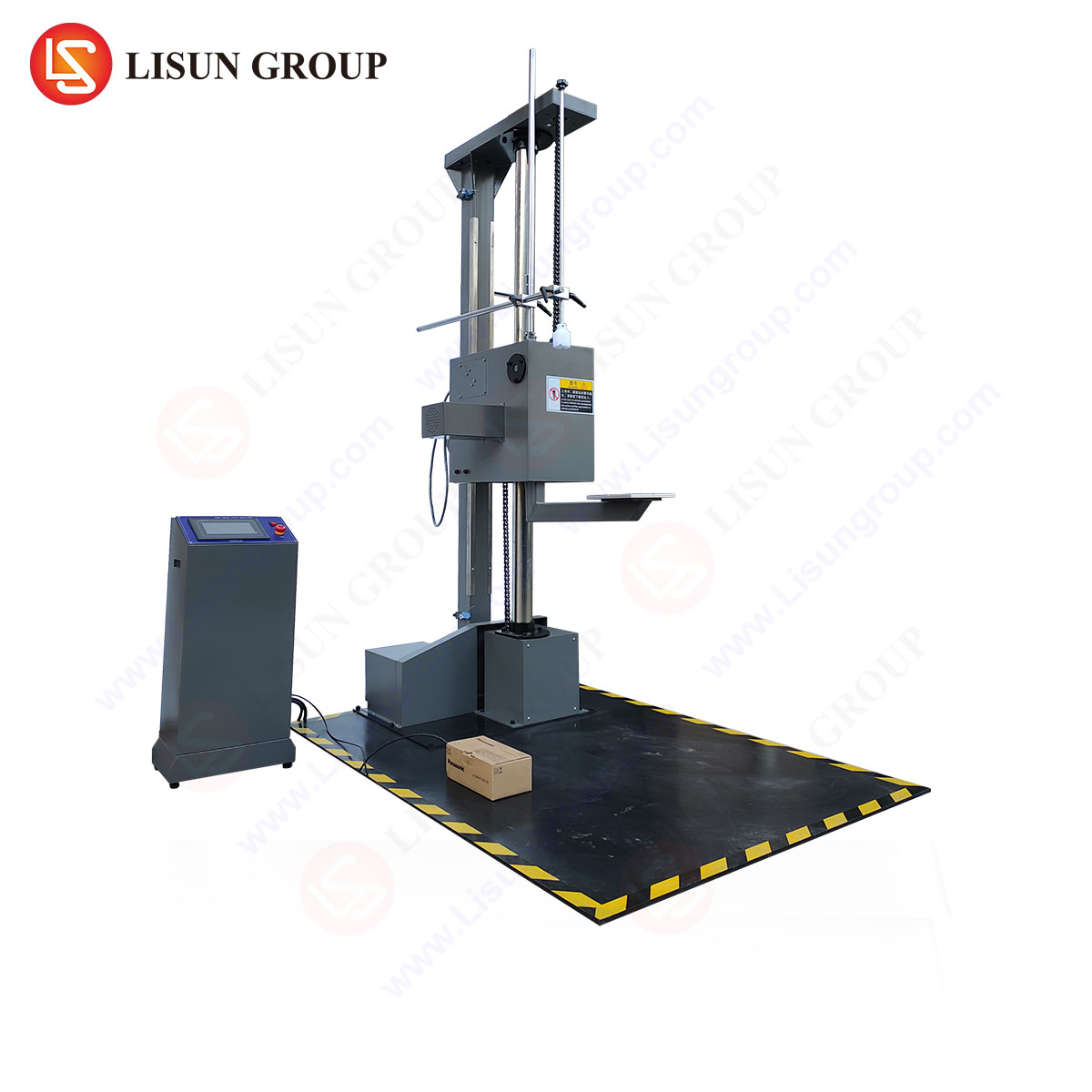An Analytical Overview of ISO 2248:1985 and Its Role in Packaging Integrity Validation
The assurance of product integrity upon delivery is a paramount concern across global supply chains. The transit environment subjects packaged goods to a multitude of dynamic hazards, with vertical impacts from free-fall drops representing one of the most severe and common threats. To standardize the evaluation of a package’s ability to withstand these shocks, the International Organization for Standardization (ISO) promulgated ISO 2248:1985, “Packaging — Complete, filled transport packages — Vertical impact test by dropping.” This standard provides a rigorous, repeatable methodology for simulating the effects of handling and transportation drops, thereby serving as a critical tool for design validation, quality control, and compliance benchmarking. The implementation of this standard, however, is wholly dependent on the precision and capability of the testing apparatus employed.
Fundamental Principles of the Vertical Drop Test Methodology
ISO 2248:1985 establishes a controlled procedure to subject a complete, filled transport package to a vertical impact against a rigid, non-resilient horizontal surface. The core objective is to evaluate the protective efficacy of the packaging system by inspecting the test specimen for damage post-test and assessing its continued ability to contain and safeguard its internal contents. The test is predicated on the principle of replicating the kinetic energy transfer that occurs during an accidental drop in warehouse handling or loading/unloading operations.
The standard meticulously defines key parameters to ensure reproducibility. The drop height, a critical variable directly influencing the impact energy, is specified as the vertical distance from the lowest point of the test package to the uppermost surface of the impact plane. The impact surface itself is mandated to be a rigid mass of concrete or steel, with a minimum weight and surface hardness to prevent any significant absorption of the impact energy, thereby ensuring the energy is fully transmitted to the test package. The test procedure may involve multiple drops, typically on different faces, edges, or corners, to comprehensively evaluate the package’s resilience from various orientations. The selection of drop sequence and the number of impacts are guided by the anticipated hazards of the intended distribution environment.
Quantifying the Mechanical Stress of Impact Events
The physics underlying the ISO 2248 test involves the rapid deceleration of the test package upon impact. This event subjects both the outer packaging and the internal product to significant g-forces (acceleration measured in multiples of gravity). The magnitude of the peak acceleration and the duration of the pulse are influenced by the drop height, the weight of the package, and the cushioning properties of the packaging materials. A brittle product, such as a ceramic insulator or a glass-covered laboratory instrument, may be susceptible to damage from a high-g, short-duration shock pulse. Conversely, a product with fragile internal components, like a printed circuit board (PCB) within an industrial control system, may be more vulnerable to lower-g pulses that excite its resonant frequencies.
The data derived from a properly instrumented drop test, often using an accelerometer mounted on the product or a dummy load, provides invaluable engineering insight. It allows designers to characterize the transmissibility of their packaging system, optimize cushioning material selection and thickness, and identify critical fragility levels of the product itself. This empirical data moves packaging design from an art to a science, enabling the development of solutions that are both protective and resource-efficient, minimizing material usage without compromising performance.
Operational Implementation with the DT-60KG Drop Tester
The practical and accurate application of the ISO 2248 standard necessitates specialized equipment. The リスン DT-60KG Drop Tester exemplifies the type of instrument required to execute these tests with the precision and reliability demanded by modern quality assurance protocols. This electromechanical system is engineered to handle test packages with a maximum mass of 60 kilograms, accommodating a wide range of product sizes and weights common in industrial and consumer sectors.
The operational principle of the DT-60KG involves a robust double-column structure that provides exceptional stability and alignment, ensuring a clean, true vertical drop without parasitic lateral motion that could invalidate the test. The test package is secured to a lifting platform, which is then hoisted to a pre-programmed height via a motorized lifting system. Height calibration is precisely controlled, often through a rotary encoder, to ensure absolute accuracy in the impact energy delivered. The release mechanism is a critical component; the DT-60KG utilizes an electromagnetic detachment system that instantaneously releases the platform without imposing any initial velocity or rotation, guaranteeing a genuine free-fall condition as stipulated by the standard. This eliminates the inconsistencies and safety hazards associated with manual or mechanical release mechanisms.
Key Specifications of the DT-60KG Drop Tester:
- Max Test Weight: 60 kg
- Drop Height Range: 300 – 1500 mm (adjustable with high precision)
- Impact Surface: A solid steel baseplate with a minimum mass of 600 kg
- Lifting System: Motorized, ensuring smooth and controlled ascent
- Release Mechanism: Electromagnetic, for shock-free and reliable operation
- Control System: Digital microprocessor-based controller with an intuitive HMI for setting drop height, number of tests, and other parameters
- Safety Features: Emergency stop button, protective guarding, and automatic safety locks
Sector-Specific Applications and Compliance Imperatives
The universality of the drop hazard makes ISO 2248 testing relevant to a vast array of industries. The DT-60KG, with its 60kg capacity, is particularly suited for medium-to-large items where the consequences of failure are significant.
In the Electrical and Electronic Equipment そして Industrial Control Systems sectors, packaged devices such as servo drives, programmable logic controllers (PLCs), and power supplies are tested to prevent damage to solder joints, component dislodgement, and casing fractures that could lead to critical system failures in automation environments.
Automotive Electronics manufacturers utilize this testing to validate packaging for engine control units (ECUs), infotainment systems, and sensor modules. A failure in transit could lead to costly warranty claims and production line stoppages upon arrival at the assembly plant.
For Lighting Fixtures, particularly high-value commercial LED luminaires and fragile glass fixtures, the drop test ensures that optical components, heat sinks, and drivers remain fully functional after the shocks of logistics handling.
Telecommunications Equipment such as routers, switches, and base station components are subjected to these tests to guarantee that intricate internal architectures and connector integrity are maintained, ensuring network reliability.
その Medical Devices industry, governed by stringent regulatory frameworks like ISO 13485, employs ISO 2248 testing to provide objective evidence that packaging will protect sterile barrier systems and sensitive diagnostic equipment from impact events, thereby upholding patient safety.
Aerospace and Aviation Components, often comprising high-value, precision-machined parts and avionics, require this validation to mitigate the extreme financial and operational risks associated with receiving damaged goods.
Strategic Advantages of Automated Drop Test Systems
Deploying a system like the DT-60KG confers several strategic advantages beyond basic compliance. The automation of the lifting and release processes eliminates operator-to-operator variability, enhancing the repeatability and reproducibility of test results. This yields highly reliable data that engineers can use with confidence for design iteration and failure analysis. The programmability of the system allows for the creation of complex test sequences, including multiple drops on different orientations, which can be executed consistently without manual intervention, saving significant time and labor costs.
Furthermore, the inherent safety features of a dedicated tester—such as electromagnetic release, protective cages, and emergency stops—protect laboratory personnel from the risks associated with manually dropping heavy objects. This reduces the potential for workplace injury and associated liabilities. The data generated, when combined with instrumentation, provides a quantitative measure of packaging performance, facilitating a deeper understanding of product fragility and enabling continuous improvement in packaging design, ultimately leading to reduced damage rates, lower packaging costs, and enhanced customer satisfaction.
Correlation with Complementary International Standards
ISO 2248 does not exist in a vacuum; it is a fundamental element of a broader suite of package testing standards. It is intrinsically linked to ASTM D5276, which governs drop testing for cylindrical containers, and ISTA (International Safe Transit Association) procedures, which often incorporate vertical drop tests as part of a broader sequence of simulated transit hazards. Furthermore, the data from ISO 2248 tests frequently informs the design of tests outlined in other standards, such as the vibration tests per ASTM D999 or the compression tests per ISO 12048. A comprehensive packaging validation protocol will integrate the vertical drop test with these other methods to holistically simulate the entire distribution cycle, from warehouse to end-user.
Frequently Asked Questions (FAQ)
Q1: How does the electromagnetic release mechanism in the DT-60KG improve test accuracy compared to a manual release?
The electromagnetic release provides a truly instantaneous and shock-free detachment of the test platform. Manual methods, such as pulling a lever or rope, can inadvertently impart a slight initial velocity, rotation, or lateral movement to the package as it is released. This can affect the angle of impact and the energy transfer, introducing variability and inaccuracies into the test results. The electromagnetic system ensures a pure free-fall condition, strictly adhering to the requirements of ISO 2248.
Q2: For a product with known fragility, how is the appropriate drop height for testing determined?
The drop height is typically determined based on the intended distribution environment. Standards like ISTA provide predefined test protocols (e.g., Series 1A, 2A) that specify drop heights correlated to package weight. Alternatively, a company may conduct its own risk analysis based on the observed or predicted handling hazards in its specific supply chain. The fragility of the product itself, often measured in g-forces, is then used to design the packaging system to attenuate the shock from the specified drop height to a level below the product’s fragility threshold.
Q3: Can the DT-60KG tester be used for tests beyond the scope of ISO 2248, such as corner or edge drops?
Yes, absolutely. While ISO 2248 provides the foundational methodology, the DT-60KG is designed with the flexibility to perform drops on any desired face, edge, or corner. The test package can be securely fastened to the platform in any orientation. This capability is essential for comprehensive testing, as impacts on edges and corners often generate the highest stress concentrations on both the package and the product inside.
Q4: What is the importance of the mass and composition of the impact surface?
The standard requires a rigid, non-resilient impact surface of substantial mass (e.g., concrete or steel) to ensure it does not deflect, dent, or absorb energy during the impact event. If the surface were to deform or resonate, it would alter the shock pulse delivered to the test package, making the results non-repeatable and invalid for comparative analysis. The massive steel baseplate of the DT-60KG fulfills this requirement, providing a consistent and reliable impact boundary condition for every test.


